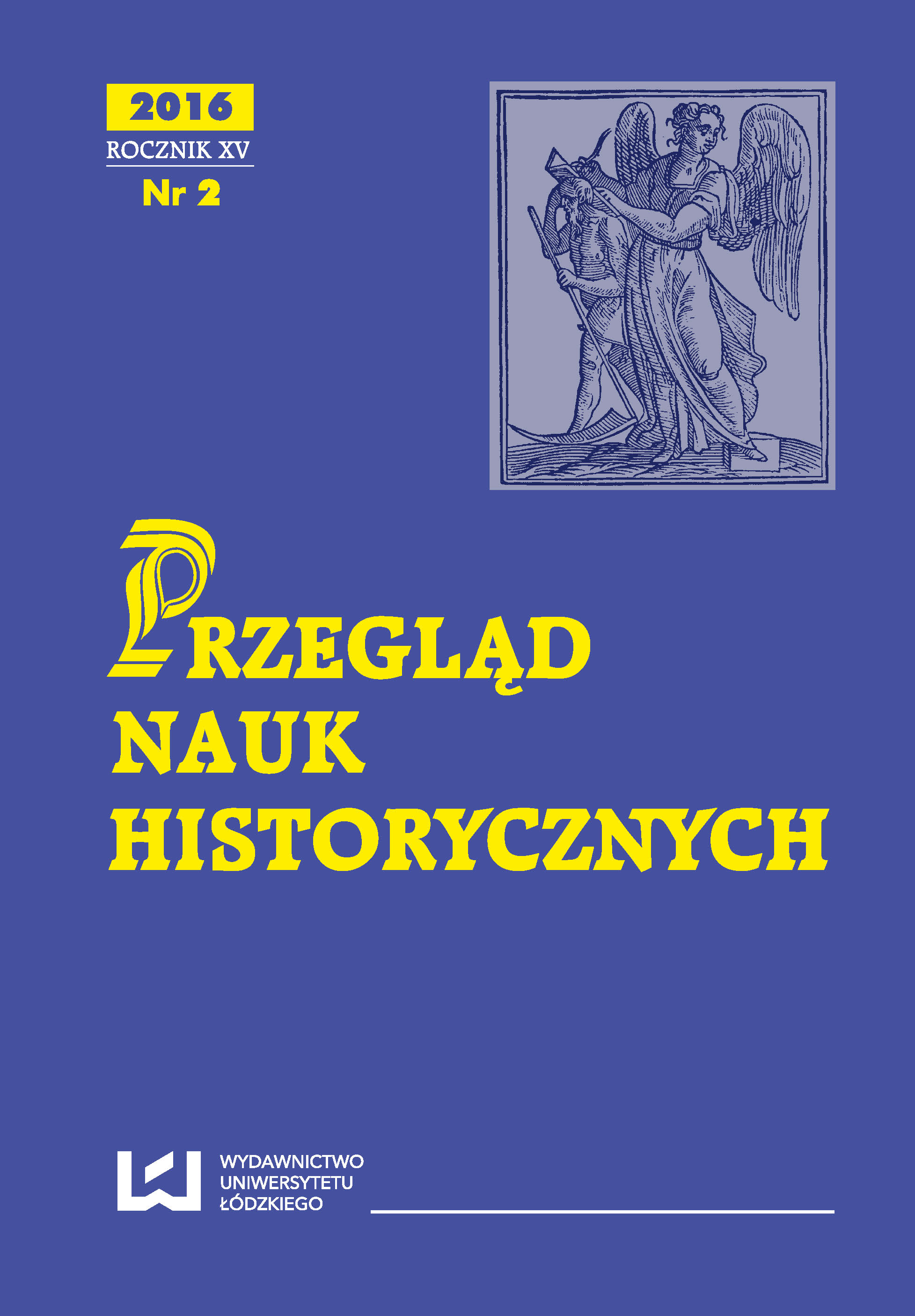Monarchistyczny zamach stanu Gustawa III z 19 sierpnia 1772 r. Geneza, przebieg, konsekwencje
Gustav III’s monarchist coup d’état of 19th August 1772. The origins, developments and consequences
Author(s): Zbigniew AnusikSubject(s): Political history, Government/Political systems, 18th Century
Published by: Wydawnictwo Uniwersytetu Łódzkiego
Summary/Abstract: Great political changes took place in Sweden after the death of Charles XII in 1718. In the years 1719–1723 a political system in which the authority of the King was significantly reduced had been developed. In such a system the key role was played by the Swedish Parliament, Riksdag, which consisted of four Chambers of the State, namely Noble, Bourgeois, Clergy and Peasant one. At that time the most important institution in the country had become the Secret Committee of Riksdag that between meetings of Riksdag controlled all state authorities. In the thirties of the 18th century on the Swedish political scene appeared two parties called „hats” and „caps” which competed for voters and authority in the country. All those political changes took place when Sweden lost its international position and importance. Instead of being a major player it became the subject of political games. Its neighbors had made arrangements ensuring the constancy of the political system introduced in the years 1719–1723. What is more, famous corruption of Swedish parliamentarians facilitated foreign interference in the internal affairs of the state. Almost from the beginning the party of „hats” cooperated with France while „caps” wanted to collaborate with Russia. Initially, the French court gave support to the party of „hats”. However, in the second half of the sixties of the 18th century Versailles decided to strengthen the position of the King in the Swedish political system. At the same time a heir to the throne, Prince Gustav, became a leader of the anti-constitutional opposition. In 1771 he took the throne of Sweden as Gustav III. Initially he tried to act according to the constitution. However, the inability to work out a common position with two parliamentary parties led him to develop a plan of a coup d’état. With the help of a few trusted advisors the king prepared a complex project which was to stir up a rebellion against the government in Finland and southern Sweden and then direct loyal to the king troops to Stockholm. However, the plan failed. In the decisive moment Gustav III was left without advisors and the army. Fortunately, he did not lose his presence of mind. On 19th August 1772 with the help of his own guards Gustav III held a bloodless coup d’état and took control over all main points of the capital. The most important members of the government were imprisoned. With all the power in his hands the King did not decide, however, to restore the system of absolute rule. On 21st August 1772 he proposed to his subjects a new constitution which provided for the harmonious cooperation between the King and Riksdag. From the political stage of the country disappeared parties of „hats” and „caps” and the position of the ruler was greatly enhanced. The bloodless coup d’état from 19th August 1772 completed in the history of Sweden the ‘Age of Liberty’. Former historiography generally accepted almost unreservedly the point of view of monarchist propaganda of Gustav III. ‘The era of political parties’ was condemned as a dark period in the history of Sweden. It exposed corruption, anarchy and the interference of the foreign powers in the internal affairs of the country. According to many prominent Swedish historians thanks to his coup d’état, Gustav III saved Sweden from dividing the fate of the Polish Republic, namely from losing the independence and being partitioned between Russia and Denmark. An attempt to rehabilitate the ‘Age of Liberty’ made only the representatives of liberal and democratic mainstream of Swedish historiography. Recognizing all the positive developments occurring in the history of Sweden in the presented era, it should be noted that the fierce rivalry between the warring political parties led to serious distortions of the system and in fact resulted in the disintegration of the Swedish state institutions. On this era one must therefore look as objectively as possible. Extreme views should be rejected and one must consider both positive and negative effects of the party government in Sweden. It is to be stated that this period was a very important experiment in the history of this state and nation. However, regardless of any subsequent evaluations of the ‘Age of Liberty’, one fact remains indisputable: in 1772 the vast majority of the Swedish population did not regret the overthrown political system.
Journal: Przegląd Nauk Historycznych
- Issue Year: 12/2013
- Issue No: 1
- Page Range: 91-121
- Page Count: 31
- Language: Polish

